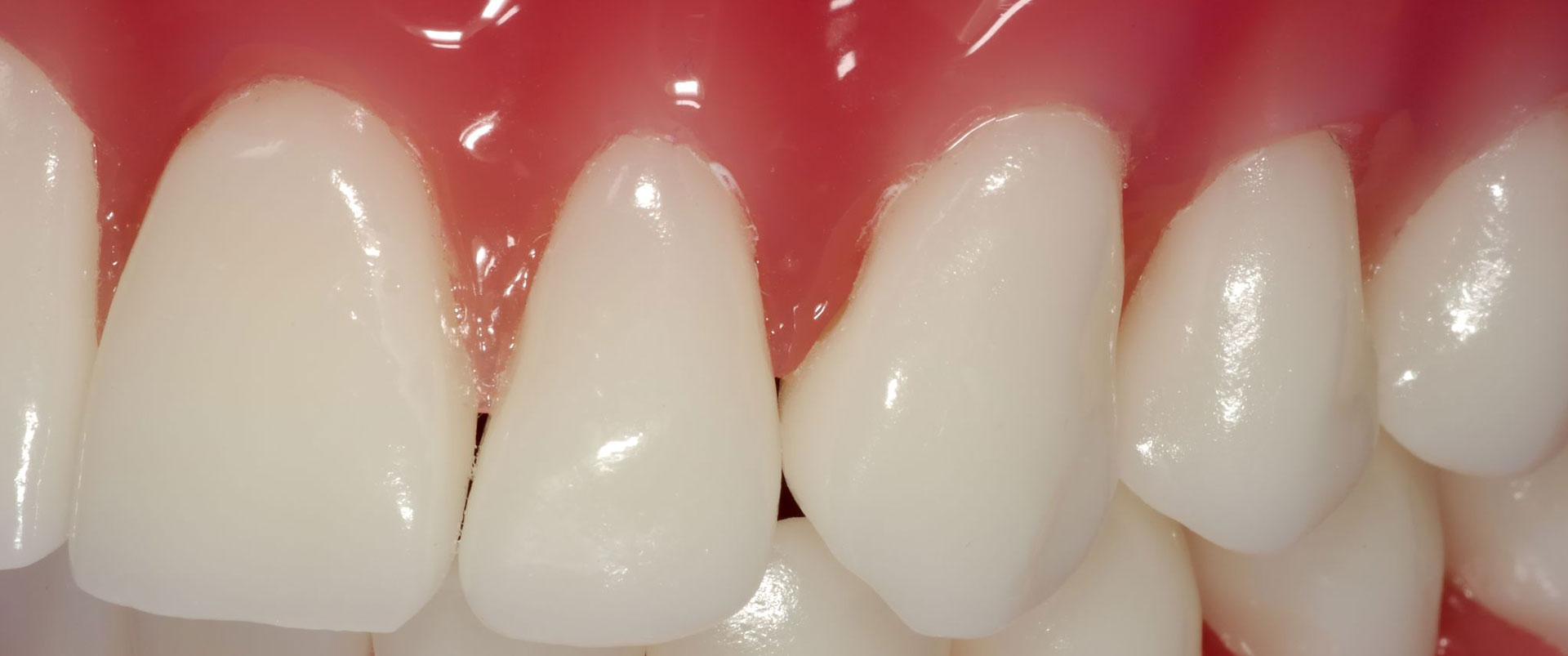After a routine cleaning and check-up Dr. Phillips may suggest you undergo a scaling and root planing treatment in his Fort Worth office. This is called periodontal therapy. This treatment gets rid of plaque, tartar and bacteria that accumulates under the gum line and around the tooth roots.
Periodontitis can cause the teeth to separate from the gums, forming pockets that become a breeding ground for bacteria. As your gum tissue heals, you will notice a decrease in inflammation and redness of the tissue. It is normal to experience some slight tenderness for a few days after your treatment.
Understanding Gum Disease
What Is Gum Disease?
Gum disease or periodontal disease, a chronic inflammation and infection of the gums and surrounding tissue, is the major cause of about 70 percent of adult tooth loss, affecting three out of four persons.
What causes gum disease?
Bacterial plaque – a sticky, colorless film that constantly forms on the teeth – is recognized as the primary cause of gum disease. Specific periodontal diseases may be associated with specific bacterial types. If plaque isn’t removed each day by brushing and flossing, it hardens into a rough, porous substance called calculus (also known as tartar). Toxins (poisons) produced and released by bacteria in plaque irritate the gums. These toxins cause the breakdown of the fibers that hold the gums tightly to the teeth, creating periodontal pockets that fill with even more toxins and bacteria. As the disease progresses, pockets extend deeper and the bacteria move down until the bone that holds the tooth in place is destroyed. The tooth eventually will fall out or require extraction.
What are the warning signs of gum disease?
Signs include red, swollen or tender gums, bleeding while brushing or flossing, gums that pull away from teeth, loose or separating teeth, pus between the gum and tooth, persistent bad breath, change in the way teeth fit together when the patient bites, and a change in the fit of partial dentures. While patients are advised to check for the warning signs, there might not be any discomfort until the disease has spread to a point where the tooth is unsalvageable. That’s why patients are advised to get frequent dental exams.
What does periodontal treatment involve?
In the early stages, most treatment involves scaling and root planing-removing plaque and calculus around the tooth and smoothing the root surfaces. Antibiotics or antimicrobials may be used to supplement the effects of scaling and root planing. In most cases of early gum disease, called gingivitis, scaling and root planing and proper daily cleaning achieve a satisfactory result. More advanced cases may require surgical treatment, which involves cutting the gums, and removing the hardened plaque build-up and recontouring the damaged bone. The procedure is also designed to smooth root surfaces and reposition the gum tissue so it will be easier to keep clean.
How do you prevent gum disease?
Removing plaque through daily brushing, flossing, and professional cleaning is the best way to minimize your risk.
Is maintenance important?
Patients should visit the dentist every 3-4 months (or more, depending on the patient) for spot scaling and root planing and an overall exam. In between visits, they should brush at least twice a day, floss daily, and brush their tongue.

